From February 3rd to May 27th 2018 the MUMOK will show the exhibition
“Bruno Gironcoli. In der Arbeit schüchtern bleiben.”
The works with the catalogue numbers 10, 13, 14, 32, 33 and 36 will be shown at the MUMOK exhibition.
From February 3rd to May 27th 2018 the MUMOK will show the exhibition
“Bruno Gironcoli. In der Arbeit schüchtern bleiben.”
The works with the catalogue numbers 10, 13, 14, 32, 33 and 36 will be shown at the MUMOK exhibition.
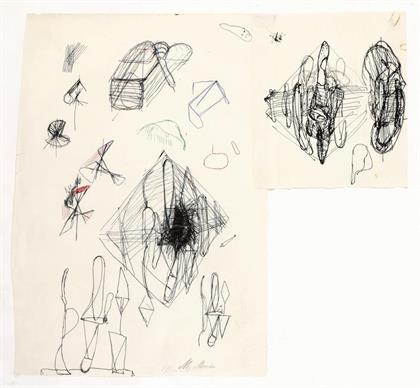 Bruno Gironcoli
Bruno Gironcoli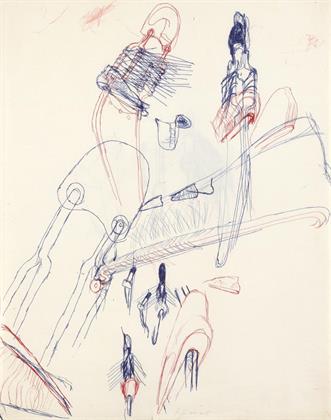 Bruno Gironcoli
Bruno Gironcoli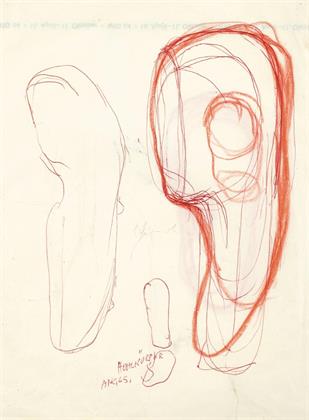 Bruno Gironcoli
Bruno Gironcoli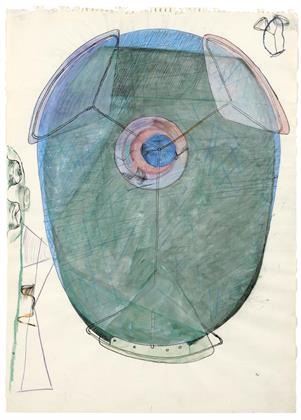 Bruno Gironcoli
Bruno Gironcoli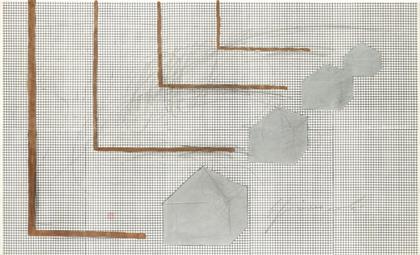 Bruno Gironcoli
Bruno Gironcoli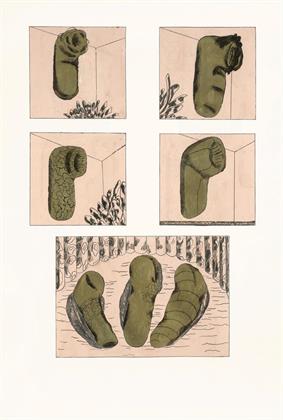 Bruno Gironcoli
Bruno Gironcoli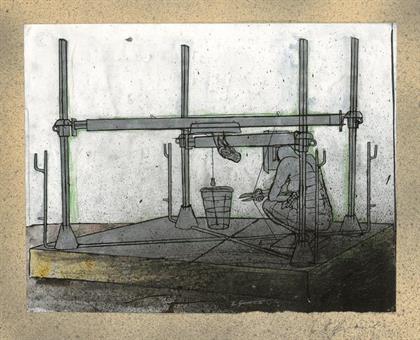 Bruno Gironcoli
Bruno Gironcoli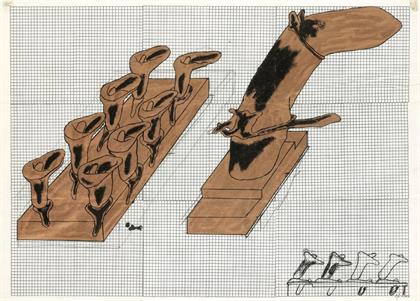 Bruno Gironcoli
Bruno Gironcoli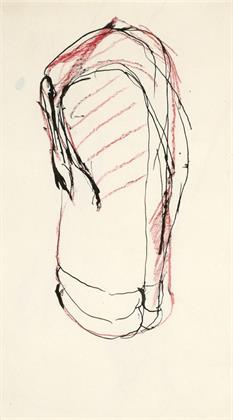 Bruno Gironcoli
Bruno Gironcoli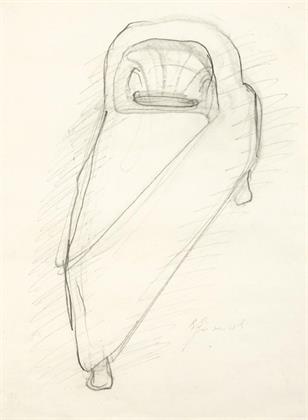 Bruno Gironcoli
Bruno Gironcoli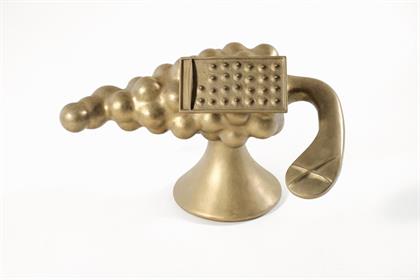 Bruno Gironcoli
Bruno Gironcoli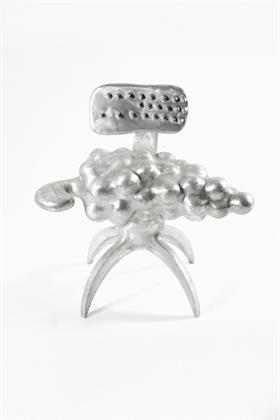 Bruno Gironcoli
Bruno Gironcoli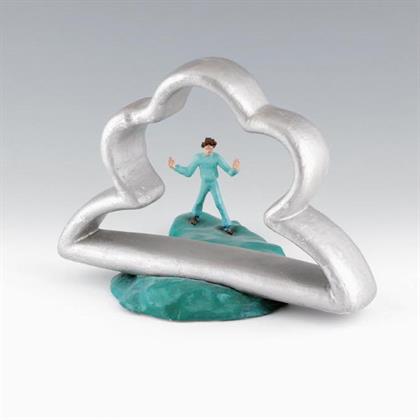 Bruno Gironcoli
Bruno Gironcoli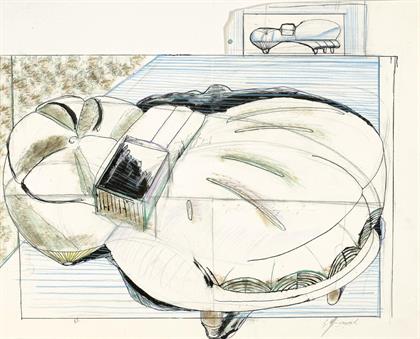 Bruno Gironcoli
Bruno Gironcoli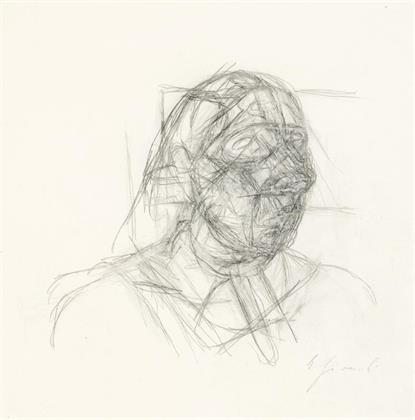 Bruno Gironcoli
Bruno Gironcoli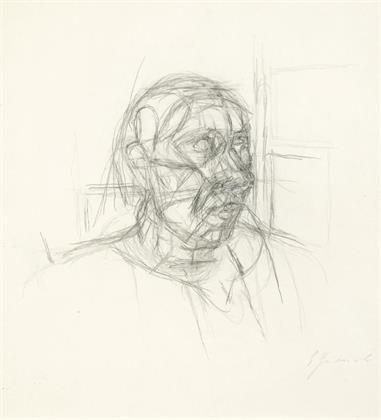 Bruno Gironcoli
Bruno Gironcoli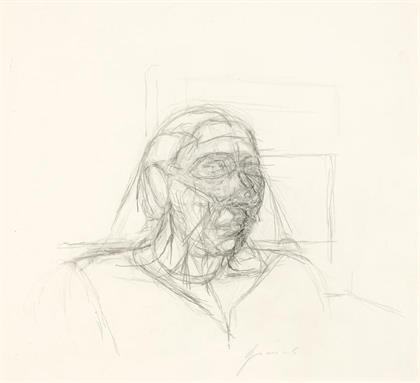 Bruno Gironcoli
Bruno Gironcoli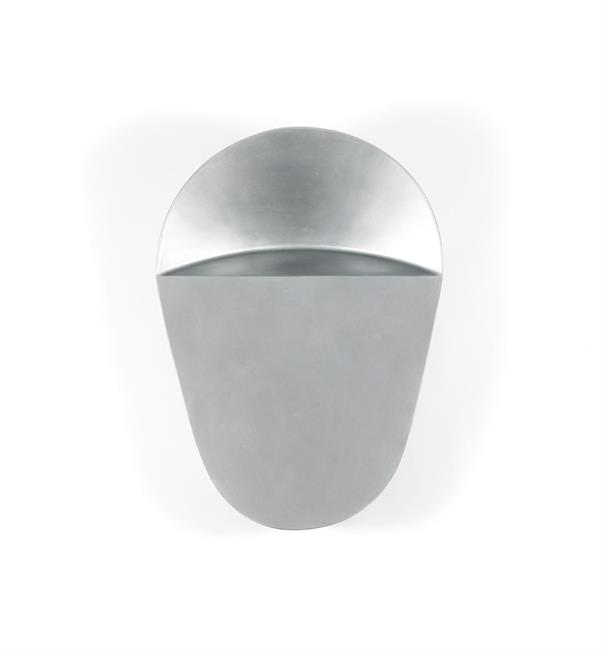 Bruno Gironcoli
Bruno Gironcoli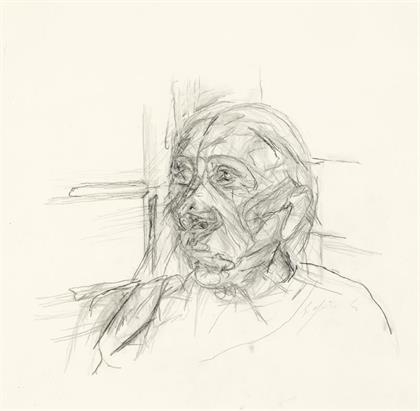 Bruno Gironcoli
Bruno Gironcoli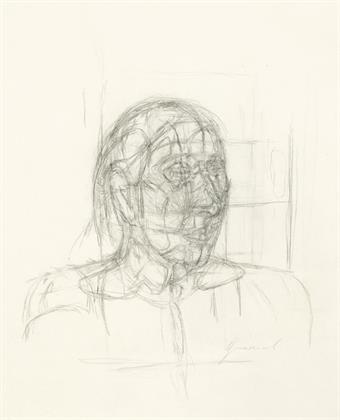 Bruno Gironcoli
Bruno Gironcoli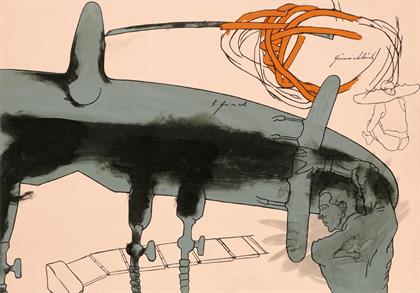 Bruno Gironcoli
Bruno Gironcoli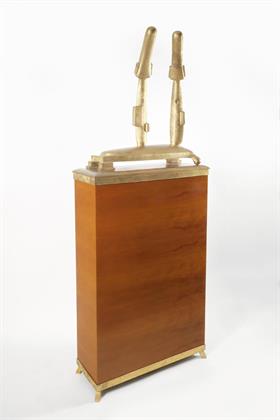 Bruno Gironcoli
Bruno Gironcoli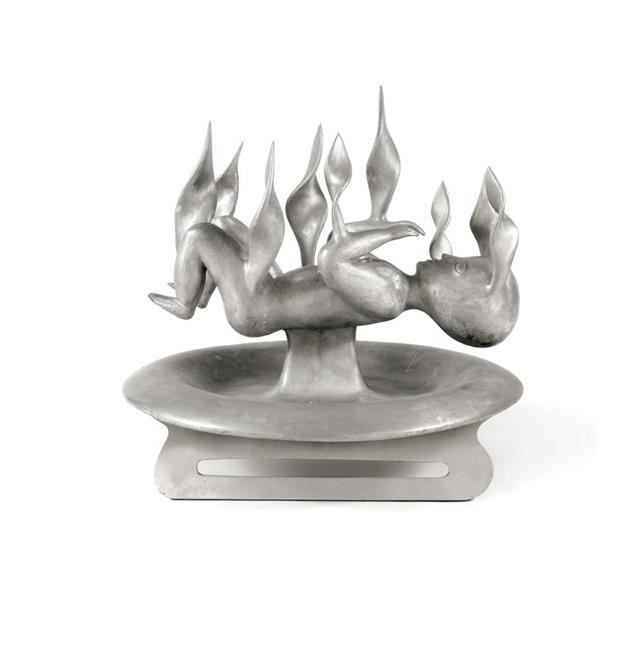 Bruno Gironcoli
Bruno Gironcoli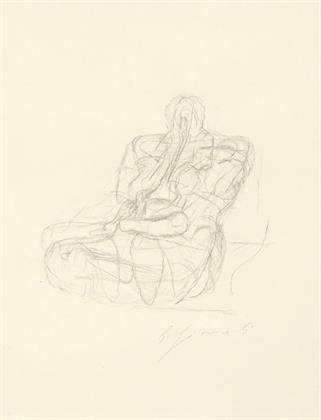 Bruno Gironcoli
Bruno Gironcoli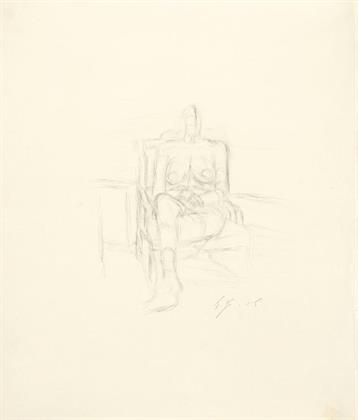 Bruno Gironcoli
Bruno Gironcoli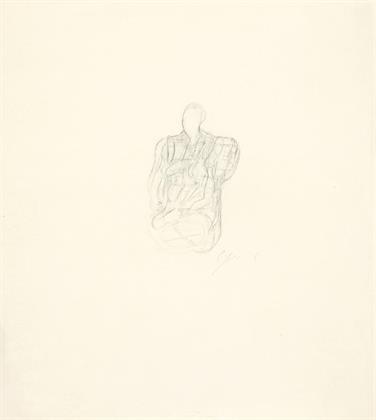 Bruno Gironcoli
Bruno Gironcoli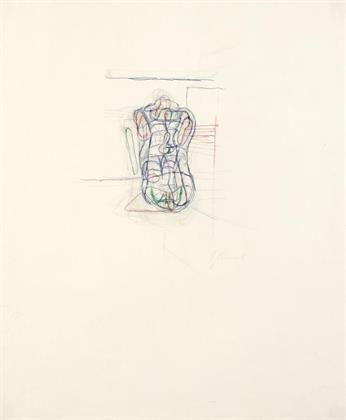 Bruno Gironcoli
Bruno Gironcoli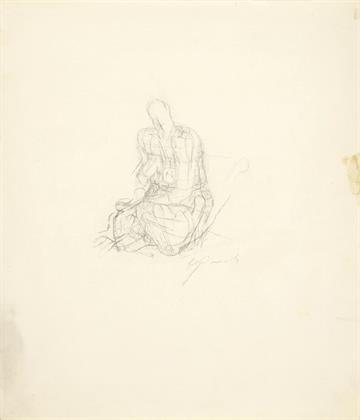 Bruno Gironcoli
Bruno Gironcoli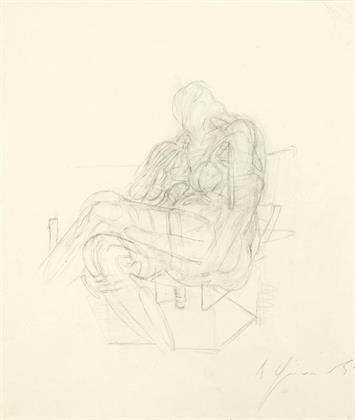 Bruno Gironcoli
Bruno Gironcoli Bruno Gironcoli
Bruno Gironcoli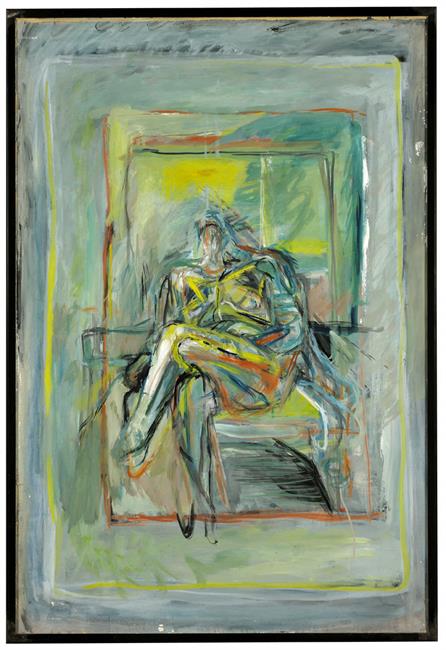 Bruno Gironcoli
Bruno Gironcoli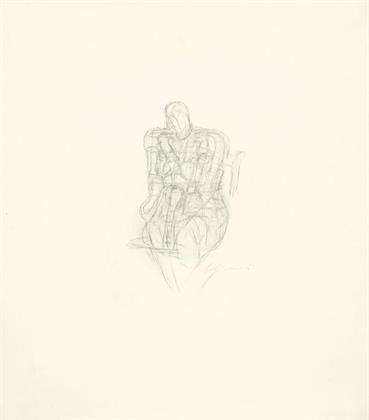 Bruno Gironcoli
Bruno Gironcoli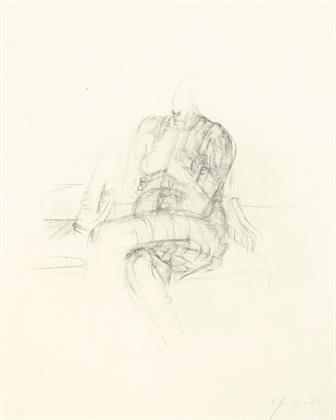 Bruno Gironcoli
Bruno Gironcoli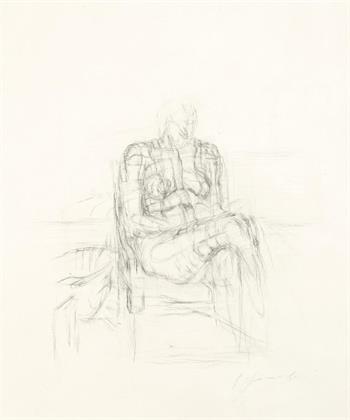 Bruno Gironcoli
Bruno Gironcoli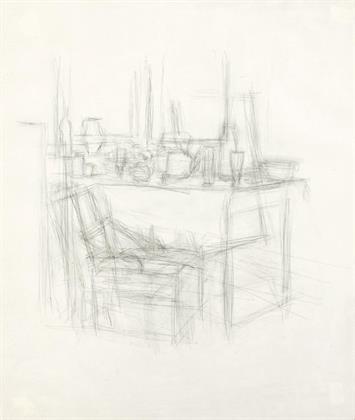 Bruno Gironcoli
Bruno Gironcoli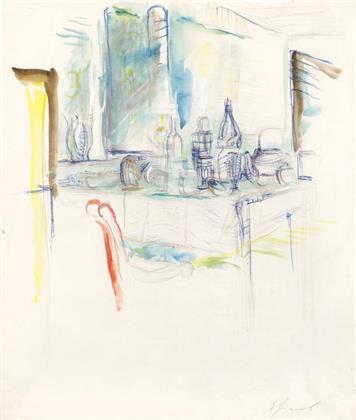 Bruno Gironcoli
Bruno Gironcoli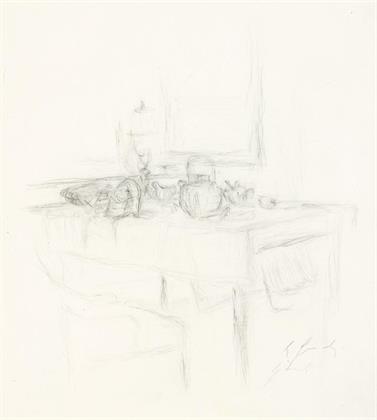 Bruno Gironcoli
Bruno Gironcoli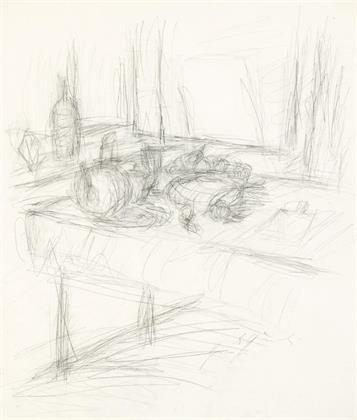 Bruno Gironcoli
Bruno Gironcoli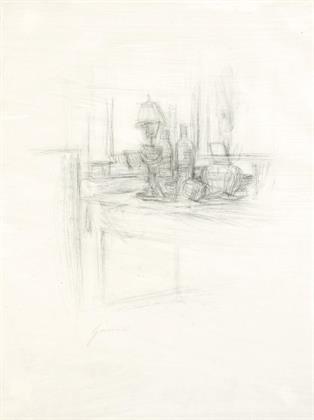 Bruno Gironcoli
Bruno Gironcoli Bruno Gironcoli
Bruno Gironcoli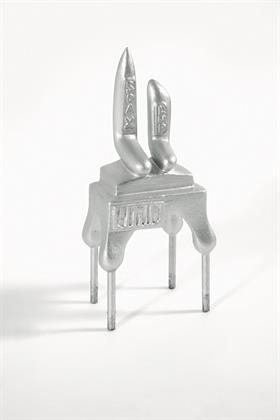 Bruno Gironcoli
Bruno Gironcoli
With his distinctive, cryptic and equally anachronistic stylistic idiom, Bruno Gironcoli occupies a monolithic position on the heterogeneous playground of contemporary sculpture. Numerous internationally acclaimed monographic exhibitions both in Austria and abroad––amongst them the Austrian contribution to the 2003 Venice Biennial––manifest Gironcoli’s ambivalent reception. In 2018, the Museum moderner Kunst Stiftung Ludwig Wien (MUMOK) will dedicate a large-scale presentation to his oeuvre––from his early delicate wire objects to polyester works and the gigantomaniac sculptures created during the last two decades of his life. The planned MUMOK retrospective pays an adequate tribute to the fact that Bruno Gironcoli simultaneously created three-dimensional plastic manifestations and an extensive oeuvre of drawings and paper works.
Our gallery’s exhibition of Gironcoli’s exceptional art also focuses on the total spectrum of his artistic production. In the early 1960s, wire sculptures would mark Bruno Gironcoli’s impressive realisation of his idea of a contemporary human image that was decisive for his early artistic years. His choice of materials and his ambition to create an abstract representation method dissimilar to cubism were his way of emancipating himself from the unassailable archetype Fritz Wotruba, doyen of Austrian post-war sculpture. “Wotruba […] essentially prioritised the idea of the depictable human. I was certainly influenced by that. However, I have never been his student and did not know him personally.“[2] It was his confrontation with Alberto Giacometti’s oeuvre that would lead the way of his artistic career. After finishing his apprenticeship as gold, silver and coppersmith and his degree in painting in the class of Eduard Bäumer at the Hochschule für angewandte Kunst (University of Applied Arts) in Vienna, Gironcoli took off to Paris as a scholar in 1960-61. Here, in the “Zentrum des Kunstbraukessels (Centre of the artistic brewing kettle)“[3], at the end of his sojourn, he obtained the artistic impulse that would become pivotal for his career: „The Encounter with Giacometti in Paris––his drawings struck me […] When depicting a person, the space would simultaneously be inherent in everything he drew, including the environment.“[4]
Bruno Gironcoli began to follow up with the literature and philosophy of French existentialism (Sartre, Beckett) and would thoroughly study the writings of the Frankfurt School, Max Horkheimer in particular. Just as Horkheimer, Gironcoli understood the human existence as a painful one, determined by the nature of being.[5] In this context, Gironcoli created victims with maltreated, tortured bodies that would resemble animals (dogs), often in a sexual context as a substitute metaphor for his own emotions.[6]
In 1961, after his return from Paris, Bruno Gironcoli resumed his course at the University of Applied Arts–– in the metalworking class of Eugen Meier. He created innumerable nude and portrait studies. “I drew and I drew and in the course of two or three years, I achieved a transformation in the drawing. I always took nature as an example, which eventually turned out to be absurd, as, I reckon, it took an almost fetish-like form. It was always my ex-wife who made herself available. She posed and I drew. But in the end, I merely engraved. I would later use the streaks and symbols I developed in the course of my drawing process for certain parts of the body that was about to be portrayed; i.e. I elaborated forms that would formally be able to be transformed into a figure. This is what I strived for. This means I candidly or maliciously committed an abstraction.“[7] Originating from these pencil drawings that Gironcoli considered an “architecture of the body rather than a psychologisation“[8], he created the above-mentioned wire sculptures with their diversification in surfaces––solely by the interplay of surfaces form will be evoked–– and their figurative nature as accentuated by the framing.
After 1964, polyester objects with their sleek surfaces and reduced forms marked a paradigm shift in Bruno Gironcoli’s artistic evolution. With polyester, a material that stems from industrial production, Gironcoli negated classic material aesthetics; associations with English pop art come to mind[9]. Subsequently, the artist covered his polyester works––all of which had been liberated from all manual processing traces––with silver oven paint and hence he imitated the use of “noble“ metal. Later, the colouristic palette corresponding with the aluminum and bronze of the castings would be complemented by gold and copper. “Yes, it does simulate false gold. It simulates the aura of things that used to exist in pictures with royal attributes.“[10]
After almost entirely using polyester to depict the contemporary human image––a phase that had been crucial for Bruno Gironcoli’s artistic evolution––a strong transformation in Gironcoli’s concept of sculpture became evident in the late 1960s. The artist resumed his work with rather different types of materials, and for the first time he would incorporate everyday objects such as cleaning utensils, plates or cutlery in the formation of open sculptures or installations that spread into the space.[11]
With their mise-en-scène, Bruno Gironcoli loaded these with a strong depth psychology; emblematic connotations helped him to emerge his very personal iconography.[12]
Violence, torture and suppression in conjunction with sexuality would more and more turn into key topics in Gironcoli’s artistic oeuvre.[13] “Gironcoli’s objects and arrangements of objects are accurately manufactured and diligently matched. Within their designated spaces, they appear as parts of mises-en-scène, petrified situations halted in time, where the actor (who appears in the drawings) has just left the absurd ambiance of the stage. What becomes an immediate reality in the environment, will––in the drawing––turn into the image, the choreography of the subsequent space, where the spectator feels the urge to equally actively take action or passively suffer vis-à-vis the arrangement.“[14]
When Fritz Wotruba took over the direction of the sculpture school at the Academy of Fine Arts Vienna in 1977, it was a decisive turning point in Bruno Gironcoli’s artistic career. Also, due to the new possibility of using larger studio spaces, Gironcoli compensated the idea of the open concept of sculpture with assemblage-like, extremely condensed objects. In the decades to follow, he would create his monumental, altar-like large-scale sculptures based on the previously developed artistic vocabulary that would make him famous amongst a broader audience.
Bruno Gironcoli developed various modules and he would always vary their compositions in his sculptures anew.
“I want to show that a figure consists of forms which––taken as a whole––give the figure an aura only ‘incisive’ for this particular figure. It is about beautiful melodies, about three-dimensional harmonies as well as their discords.”[15] “Murphy”, named after a Samuel Beckett character, as an individual artistic interpretation of the human figure, babies, cockchafer grubs, grapes, vine leaves, ears, spoons, plates, spirals, volutes, phallic and vaginal forms constituted the essence of Gironcoli’s artistic vocabulary. These are paired with the pivotal topics: physicality/sexuality, fertility, parturition, father/mother/child, masculinity/femininity/androgyny, interpersonal relationships.
Bruno Gironcoli’s sculptural manifestations and graphics mutually complement each other. Although his drawings and often his large-scale works on paper do not hide their proximity to specific sculptures and installations, their relevance goes way beyond the resolution of technical or constructional problems, the pure sketchiness.
In addition, the artistic vocabulary at hand would continually become more picturesque. In 1990, Wilfried Skreiner displayed the first extensive presentation of Gironcoli’s paper works at the Landesmuseum Joanneum’s Neue Galerie in Graz, which would later go on to be shown in Klagenfurt, Zagreb and Ljubljana.
Gerhard Roth attested Gironcoli’s sculptures “self-indulgence […] as if inhabitants of distant galaxies had attempted to recreate life on Earth with found objects”[16], Werner Hofmann felt to be “transferred to the shed of an amusement park for androids”[17]. Bruno Gironcoli – a “morphologist of machines”[18], a “Dadaist in the age of biotechnological reproduction”[19], s “sculptor from the past millennial Chinese and electrical era”[20] or merely a “sovereign of the chaos”[21]?
Andrea Schuster
[1] cf. Werner Hofmann, „Riesenspielzeuge (Giant Toys)“, in: Bettina M. Busse (ed.), Bruno Gironcoli. Die Skulpturen 1956-2008 (The Sculptures 1956-2008), Ostfildern 2008, p. 8-10, here: p. 8
[2] Bruno Gironcoli in a conversation with Sophie and Christa Zetter, 1994
[3] Maria Lassnig Diary, 16.6.1958, quoted in: Natalie Lettner, Maria Lassnig. Die Biografie (The Biography), Vienna 2017, p. 152
[4] Bruno Gironcoli in a conversation with Sophie and Christa Zetter, 1994
[5] Analogous to Bruce Nauman’s: “Mein Werk entsteht aus der Enttäuschung über die conditio humana (My Work is created based on the Disappointment of the conditio humana)“ (Bruce Nauman, quoted after: Bettina M. Busse, “Gironcoli: Context. Versuchsanordnungen (Gironcoli: Context. Experimental Arrangements)“, in: exhibition catalogue “Gironcoli: Context”, Orangerie, Unteres Belvedere, Vienna 2013, p. 10-24, here: p. 21)
[6] cf. Bruno Gironcoli and Bettina M. Busse, “Interviews”, in: Bettina M. Busse (ed.), Bruno Gironcoli. Die Skulpturen 1956-2008, Ostfildern 2008, p. 32-49, here: p. 48
[7] Bruno Gironcoli in a conversation with Sophie and Christa Zetter, 1994
[8] Doris Krumpl in a conversation with Bruno Gironcoli, in: Der Standard, 20th May, 1997
[9] cf. Harald Krejci, “Was macht den Menschen aus? Zum Frühwerk Bruno Gironcolis (What Consitutes a Human Being? Early works of Bruno Gironcoli)“, in: exhibition catalogue “Gironcoli: Context”, Orangerie, Unteres Belvedere, Vienna 2013, p. 160-168, here: p. 165f.
[10] Bruno Gironcoli and Bettina M. Busse, “Interviews”, in: Bettina M. Busse (ed.), Bruno Gironcoli. Die Skulpturen 1956-2008, Ostfildern 2008, p. 32-49, here: p. 37
[11] For Bruno Gironcoli, who was concerned with existentialism and the critical theories of the Frankfurt School, the term alienation was essential.
[12] Bettina M. Busse established the connection to Joseph Beuys´ artistic position (cf. Bettina M. Busse, “Gironcoli: Context. Versuchsanordnungen“, in: exhibition catalogue “Gironcoli: Context”, Orangerie, Unteres Belvedere, Vienna 2013, p. 10-24, here: p. 15).
[13] Typical elements of Actionism such as ritual, sacrifice or the meaning of animals also play a decisive part in Bruno Gironcoli’s sculptural formings.
[14] Peter Weiermair, quoted after: Bettina M. Busse, “Anmerkungen zur Vita Bruno Gironcolis (Remarks on the Vita of Bruno Gironcoli)“, in: exhibition catalogue “Bruno Gironcoli. Die Ungeborenen (The Unborn)“, MAK – Museum of Applied Arts, Vienna 1997, p. 137-150, here: p. 145f.
[15] Bruno Gironcoli and Bettina M. Busse, “Interviews”, in: Bettina M. Busse (ed.), Bruno Gironcoli. Die Skulpturen 1956-2008, Ostfildern 2008, p. 32-49, here: p. 35
[16] Gerhard Roth, Portraits, Frankfurt am Main 2012, p. 218
[17] Werner Hofmann, “Riesenspielzeuge”, in: Bettina M. Busse (ed.), Bruno Gironcoli. Die Skulpturen 1956-2008, Ostfildern 2008, p. 8-10, here: p. 9
[18] Lewis Mumford, Techniques and Civilization, New York 1934, p.9
[19] Beatriz Preciado, “Nach dem Organizismus. Gironocolis technosomatische Fiktionen (After the Organizism. Gironcoli’s technosomatic Fictions)“, in: exhibition catalogue “Gironcoli: Context”, Orangerie, Unteres Belvedere, Vienna 2013, p. 60-65, here: p. 61
[20] cf. Bruno Gironcoli, “Texte des Künstlers (Texts by the Artist)“, in: Bettina M. Busse (ed.), Bruno Gironcoli. Die Skulpturen 1956-2008, Ostfildern 2008, p. 177-205, here: p. 204
[21] Gerhard Roth, Portraits, Frankfurt am Main 2012, p. 226